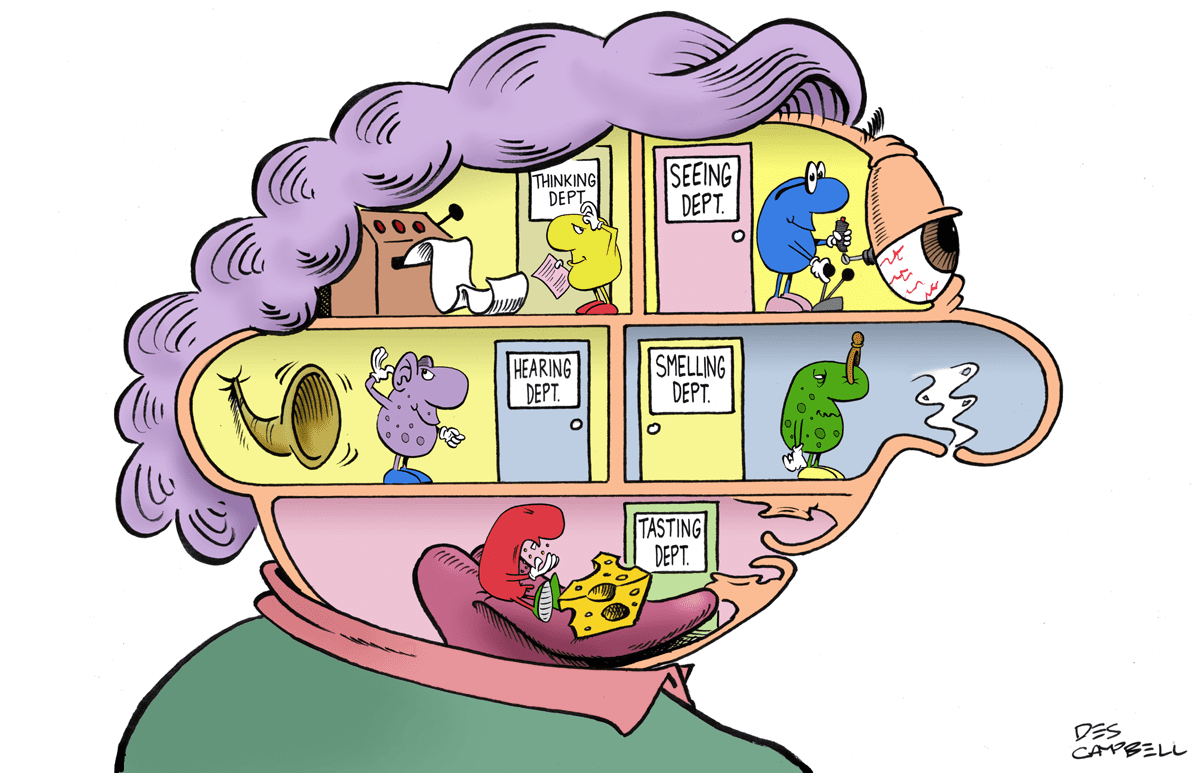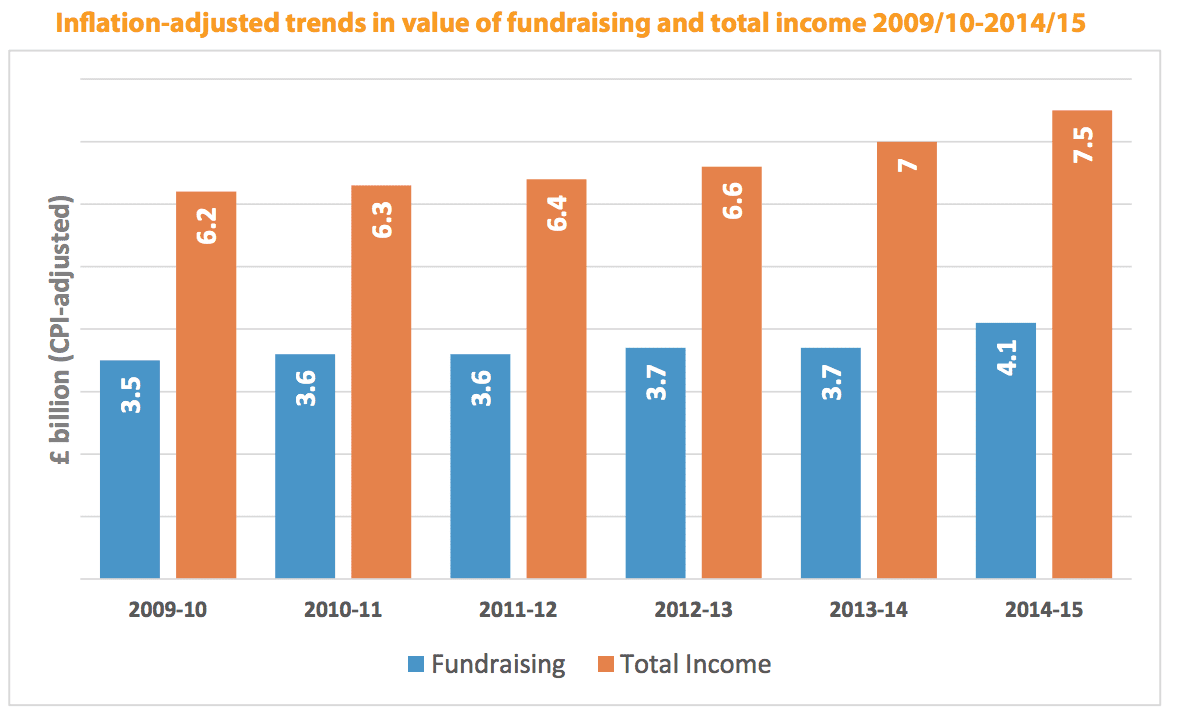Inside the mind of the American mid-level donor

In just over a week, I’ll be jumping on a plane for my first trip to Las Vegas to speak at Donor Love Southwest.
I’ll be sharing some of the insights I’ve gained over the years about how mid-level donors choose charities and how they like to be treated. I’m also going to outline what annoys them (and what REALLY annoys them).
The fact is that mid-level donors are a really important bunch of people. They might only constitute a small percentage of everyone who gives to charity, but what they do give, can dwarf that given by traditional donors.
Each year in the UK, CAF analyse attitudes to giving. And back in 2012, they reported that just 6% of donors were giving £100 or more each month. But what was amazing is that this equated to 40% of the total amount given by all individuals countrywide.
Following testing and research I’ve become fascinated by this group. Not just because of their generosity but because, quite simply, they are willing to give much more if only charities would change the way that they communicate with them.
To help find out what they actually want, Bluefrog Fundraising has spoken to many hundreds of donors in the UK, Ireland, Australia, Canada and the USA. Alongside these studies, we have new research in the pipeline where we will be talking to donors in Scandinavia and Southeast Asia.
But in Las Vegas, I’ll be sharing our findings from the USA study along with demonstrating some of the strategies we have used globally to recruit and retain mid-level donors. This is important learning for American fundraisers because we have identified some significant characteristics that make US donors different from others in the world.
For example, they really see themselves in control of the relationship. That means that they plan their giving well in advance. As one donor – who really wasn’t unusual told us:
“Once a year we spread them out [appeals] on the dining room table and we begin, and we have a spreadsheet. There are probably one or two that digress from that – a theatre, and we allow for that.”
That creates a real difficulty for American fundraisers. US mid-level donors claim to ignore nearly all the appeals that they receive – paper and electronic – because they think appeals have been sent in error or through incompetence.
Another donor summed it up:
“I give every December and they should know that. They have the systems. I’d like an annual reminder that it’s time to give, but all of these other letters just show that they don’t know me.”
And another was a little more particular:
“I actually keep a binder clip of index cards for organisations I support and I write on it the date and amount when I give, and I write on it the date of every fundraising appeal I get. So if I get an extra fundraising appeal in the year I generally tell [the charity] OK your renewal date is now a year from now…so they keep putting off their gifts if they keep sending me premature announcements.”
But they will read some communications – particularly when delivered in the right way.
In my presentation, I’ll be sharing how family background, religion and a sense of self-definition all impact on the needs of the donor. And how we, as fundraisers can answer those needs, building strategies and creating materials that will not just be noticed, but welcomed.
I’ll show how this relates to cash recruitment, monthly giving and also planned giving through legacies.
If you’d like to come along, you can find out more at Donor Love Southwest on Friday the 18th and Saturday the 19th of January, where you'll also be able to get the full Donor Love experience from Beate Sorum, Simon Scriver, Shanon Doolittle, Jen Love and John Lepp.
It would be great to see you there.
Tags In
The Essentials

Crack the Code to Regular Giving: Insights, Strategies, and a Special Giveaway!

‘Tis Halloween. Keep to the light and beware the Four Fundraisers of the Apocalypse!

Why do people give? The Donor Participation Project with Louis Diez.

A guide to fundraising on the back of a postcard

What does the latest research tell us about the state of fundraising?






